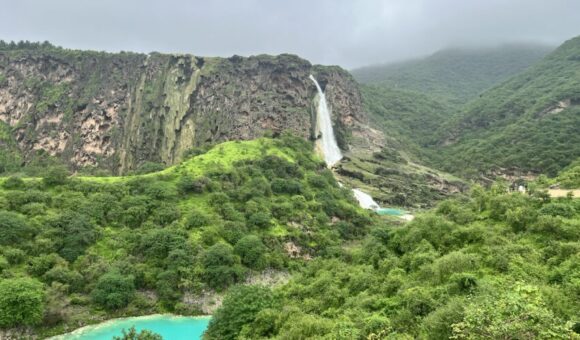During the Islamic holy month of Ramadan, Muslims all over the world will spend their days fasting to honor the first time Prophet Muhammad was visited by the archangel Gabriel and shown the Quran for the first time.
From sunrise to sunset, Muslims must practice self-discipline and abstain from food and drink during certain hours.
Social feasts are a common occurrence of iftar in Oman; as it is a great time for friends and family to come together and enjoy delicious foods as one. If you are planning an iftar celebration, be sure to consider the following menus, each sourced from a distinct corner of the Islamic world.
Iftar tables in Oman are commonly filled with all kinds of pastries, ending the fast with crisp, light bursts of flavour. Central to the meal the star of Ramadan ‘’Omani Lamb Biryani’’ succulent lamb curry and aromatic rice and obviously some famous dishes from India, all the way to Central Asia, Turkey and the Middle East, ending through the Mediterranean.
Desserts are just as exciting. It is made with almonds and flour, caramelized sugar, rose water, saffron, butter and cardamon. Halwa is usually served with Omani Qahwa (Oman’s traditional coffee). as well as Luqaimat (meaning “bite-sized” in Arabic), a delicious dumpling made of flour, sugar, starch, saffron, cardamom powder and dry yeast, rolled in date syrup and sprinkled with date molasses and/ or sesame seeds.
After the Iftar, in the evenings and through the night people of Muscat are very active, families go shopping or visit friends, and this is the time when the streets are busiest with cars, people, and even kids on bikes.
So, when does Ramadan in Oman end? When the next crescent moon is sighted, the festival of Eid-Al-Fitr is celebrated with new clothes, special prayers, visits to family and friends, and of course a ton of food. Then life will go back to normal until Ramadan next year.

